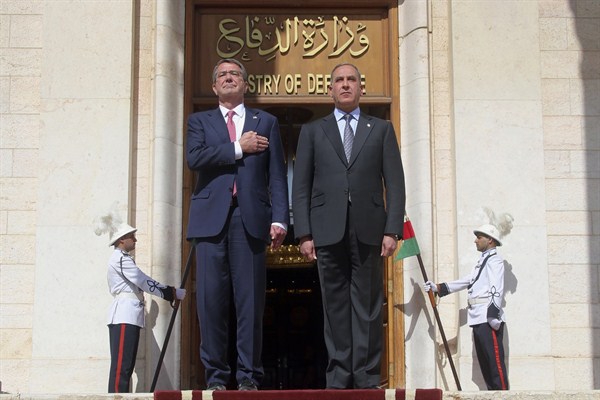On Monday, U.S. President Barack Obama announced plans to deploy an additional 250 special operations forces to Syria. The increase will bring the total number of U.S. ground troops there to 300, and comes on the heels of Defense Secretary Ashton Carter’s announcement that 200 more troops are also being sent to Iraq.
Both deployments are part of the continuing U.S. war against the so-called Islamic State (ISIS), but as the number of U.S. troops in Iraq and Syria has continued to rise, it has raised fears that the United States is being sucked into another military quagmire in the Middle East. This should hardly be surprising: The very specter of ever-escalating U.S. troop increases is all too reminiscent of the road to escalation in Vietnam—an alarming parallel so soon after Obama extricated the U.S. military from Iraq.
These fears are natural, but they are also a reminder of the extent to which the Iraq War, in particular, has distorted our view of the proper use of American military force. If anything, the U.S. war against the Islamic State—reliant on local actors and a limited U.S. military footprint—is what the U.S. war on terrorism after 9/11 always should have looked like. In fact, the war against terrorism has seen some of its greatest successes when the U.S. has utilized this strategy.

